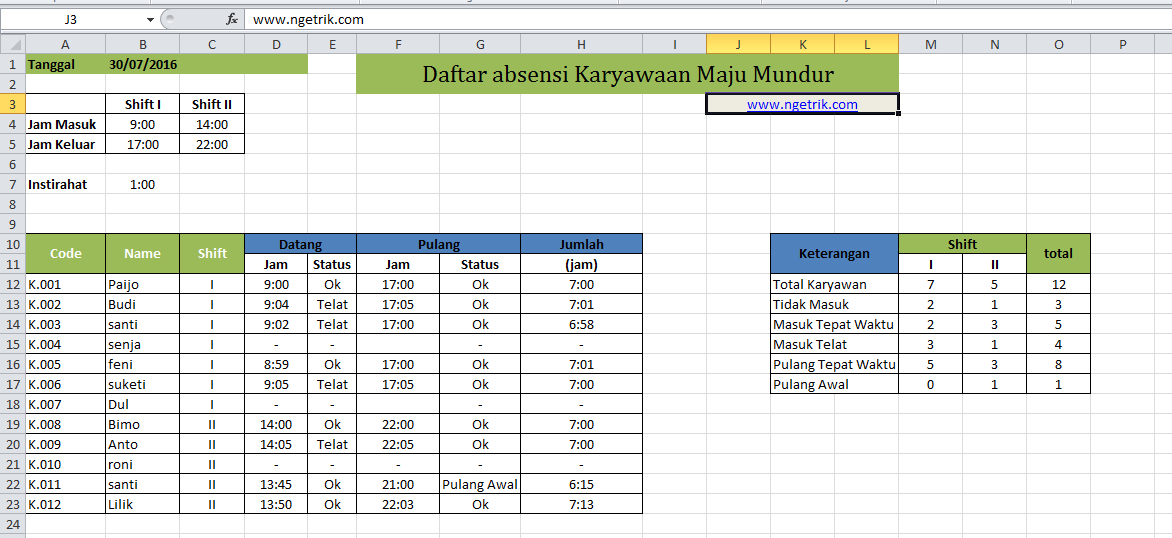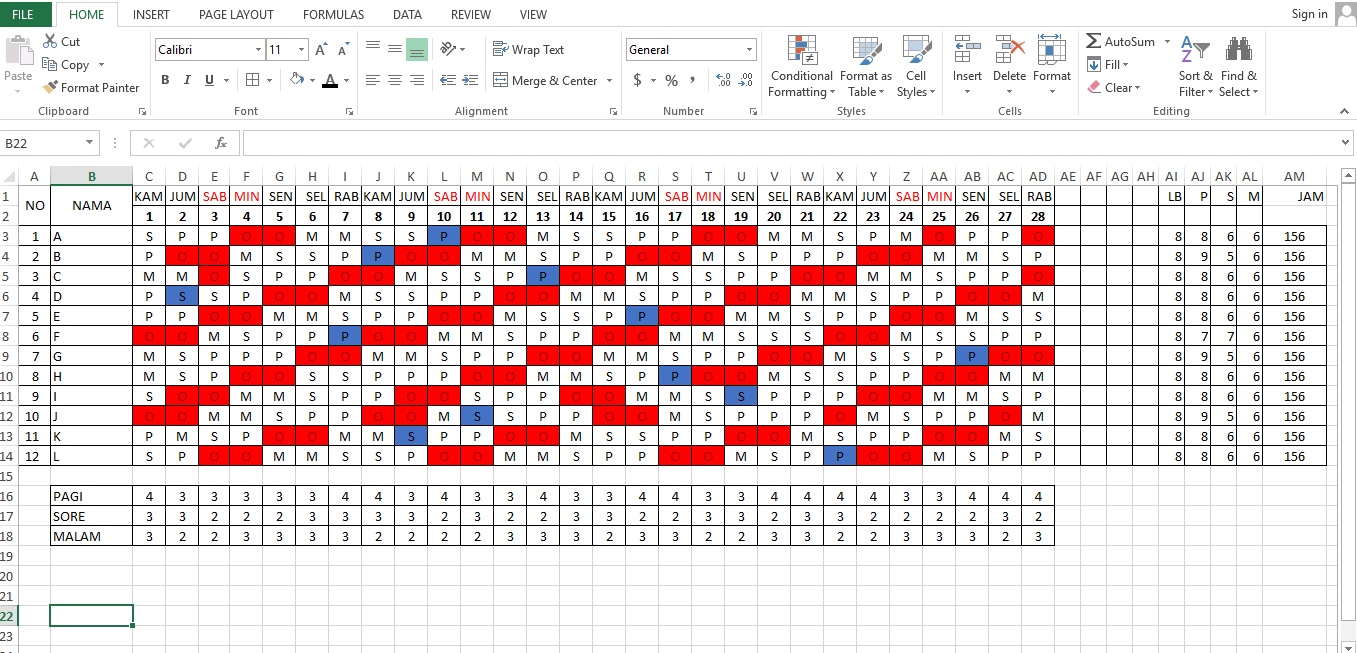Effortless Time Tracking: Mastering Work Hour Calculations in Excel
In today's fast-paced work environment, accurately tracking work hours is crucial for both employers and employees. Whether you're managing payroll, monitoring project timelines, or simply keeping track of your own work hours, having a reliable system in place is essential. While there are dedicated time tracking software solutions available, Microsoft Excel remains a powerful and accessible tool for this purpose.
Calculating work hours in Excel might seem daunting at first, but with the right formulas and techniques, it can be a breeze. This article will guide you through the process of mastering work hour calculations in Excel, empowering you to optimize your time tracking efforts.
From basic time calculations to handling overtime and breaks, Excel provides a versatile platform for managing work hour data. Whether you're a small business owner, a project manager, or an individual looking to streamline your time tracking, understanding how to leverage Excel's capabilities can significantly enhance your efficiency and accuracy.
Throughout this comprehensive guide, we'll delve into various aspects of work hour calculations in Excel, providing you with the knowledge and tools you need to confidently tackle any time tracking challenge. Get ready to unlock the full potential of Excel and revolutionize the way you manage work hours.
Let's dive in and explore the world of efficient and accurate time tracking with Excel!
Advantages and Disadvantages of Using Excel for Work Hour Calculations
While Excel offers a versatile solution for calculating work hours, it's essential to consider both its strengths and limitations.
| Advantages | Disadvantages |
|---|---|
|
|
Best Practices for Calculating Work Hours in Excel
To ensure accurate and efficient work hour calculations in Excel, consider implementing these best practices:
- Use a Consistent Date and Time Format: Choose a single date and time format for all cells to prevent calculation errors. Stick to formats like "yyyy-mm-dd hh:mm" or "mm/dd/yyyy hh:mm AM/PM."
- Leverage Built-in Time Functions: Utilize Excel's time functions like NETWORKDAYS, TIME, and HOUR to simplify calculations and minimize errors. These functions are designed specifically for handling time data.
- Clear Data Validation Rules: Implement data validation rules to prevent incorrect data entry. For instance, set restrictions on time formats, ensure start times are before end times, and limit entries to valid working hours.
- Regularly Review and Backup Data: Periodically review your work hour data for any discrepancies or errors. Maintain backups of your spreadsheets to avoid data loss.
- Consider Dedicated Time Tracking Software: For more complex time tracking needs, explore dedicated software solutions. These tools often offer advanced features, automation, and reporting capabilities that can significantly streamline your processes.
By following these best practices, you can harness the power of Excel for accurate and efficient work hour calculations, saving time and improving your overall time management.
Rv ac not blowing cold the start capacitor might be your culprit
Unlocking the mystery the author of pilgrims progress
Craving soup dumplings decode the ding tai fung nyc menu like a pro












